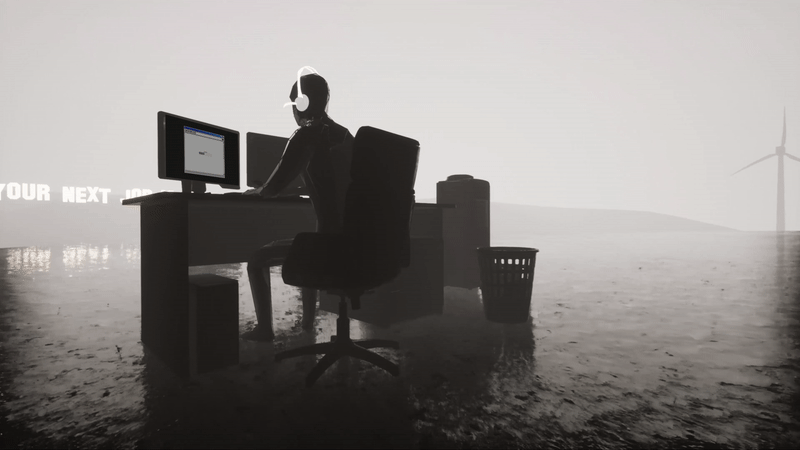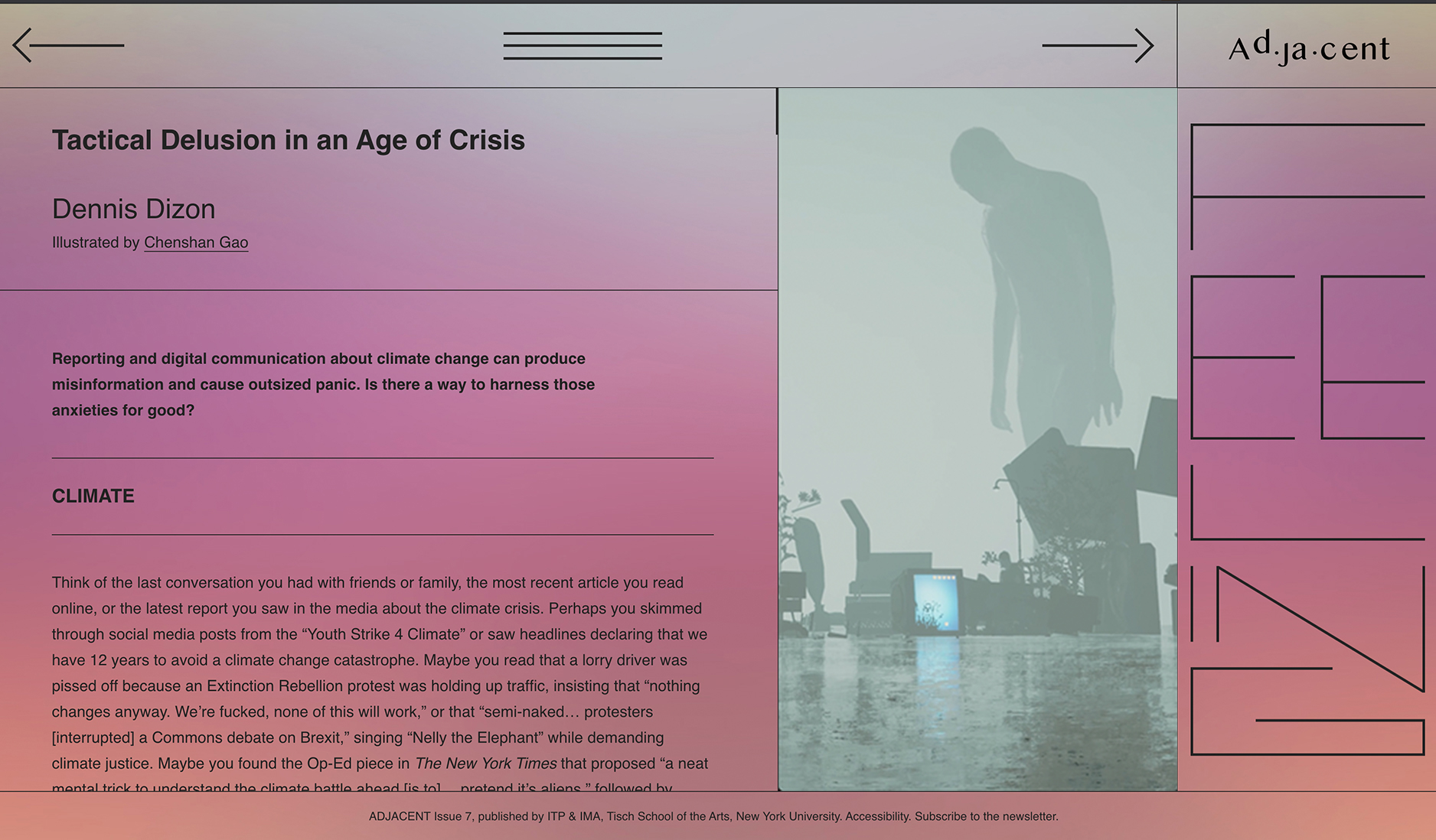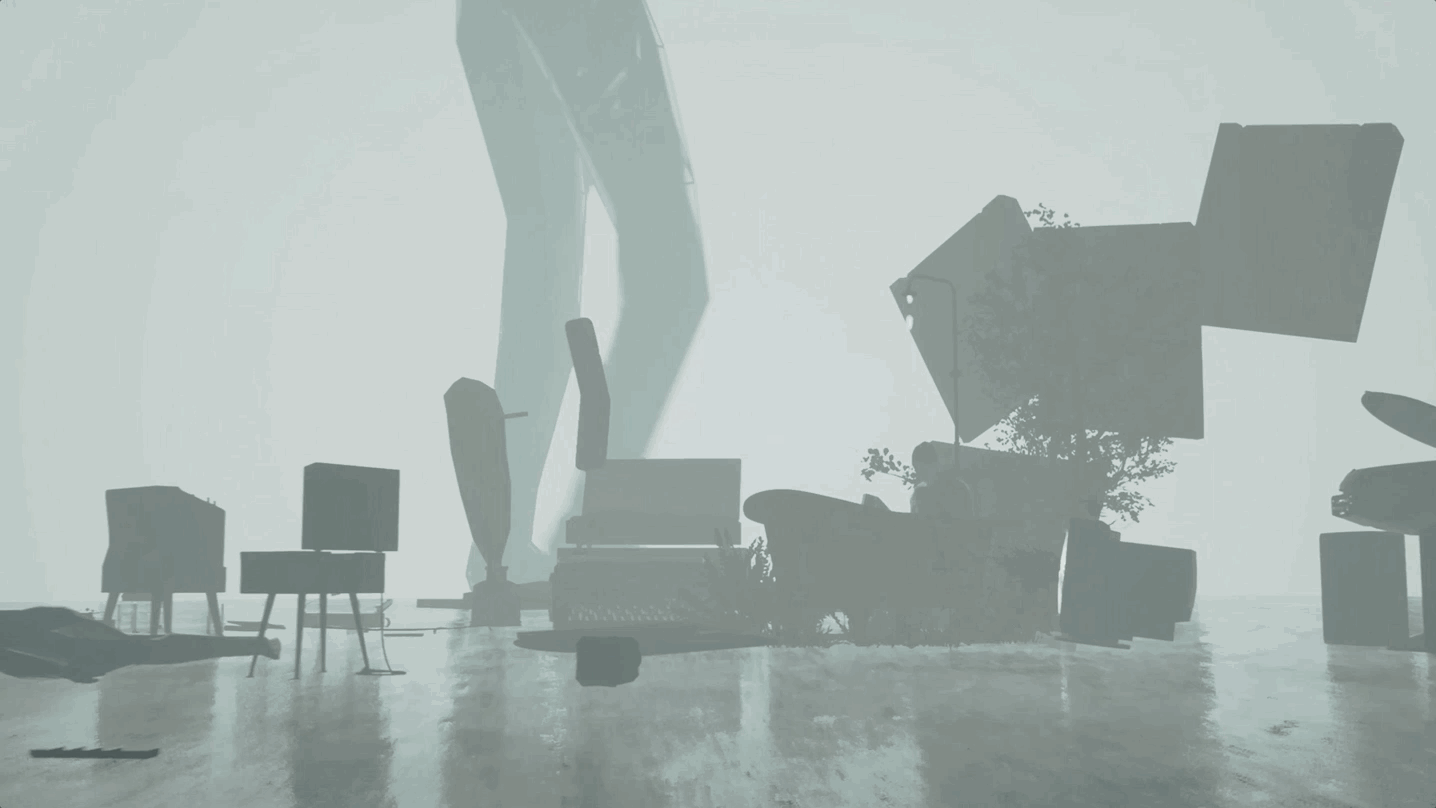
The Places You’ll Go
2020 NYU ITP Graduate Thesis Project
2020 NYU ITP Graduate Thesis Project
Category
VR, Video Simulation
Tool ︎ Unreal Engine 4, Cinema 4D
VR, Video Simulation
Tool ︎ Unreal Engine 4, Cinema 4D
“The Places You’ll Go” is a real-time video simulation, exploring and addressing the anxiety and uncertainty of a coexisting future with advanced technology.
Computerization of human lives was the beginning of the end of traditional methods and non-automated devices. We start to live in transformative scenarios in adaptation to the changes around us. As the advances in technology offer us convenience and tremendous wealth, it also modifies interrelationships that shape us as humans. We risk being replaced by automation and losing the work that is often assumed as an important source of our identity and purpose. How do we continue to make meaning of the world and our sense of self?
“The Places You’ll Go” consists of a series of synthetic and automated environments that are algorithmically structured to encompass the transformation of a world in miniature. Mundane scenes inspired by the everyday are adapted into semi-surreal artscape, each providing a different perspective and reality. The first scene takes a nostalgic look at the rise of the Internet and AI in the earlier decades, where formerly prominent software and technology began to disappear. This is a place where the outdated technology lives, and when AI continues to replace and retire people in the workforce, this may also become a place where humans live.
Computerization of human lives was the beginning of the end of traditional methods and non-automated devices. We start to live in transformative scenarios in adaptation to the changes around us. As the advances in technology offer us convenience and tremendous wealth, it also modifies interrelationships that shape us as humans. We risk being replaced by automation and losing the work that is often assumed as an important source of our identity and purpose. How do we continue to make meaning of the world and our sense of self?
“The Places You’ll Go” consists of a series of synthetic and automated environments that are algorithmically structured to encompass the transformation of a world in miniature. Mundane scenes inspired by the everyday are adapted into semi-surreal artscape, each providing a different perspective and reality. The first scene takes a nostalgic look at the rise of the Internet and AI in the earlier decades, where formerly prominent software and technology began to disappear. This is a place where the outdated technology lives, and when AI continues to replace and retire people in the workforce, this may also become a place where humans live.
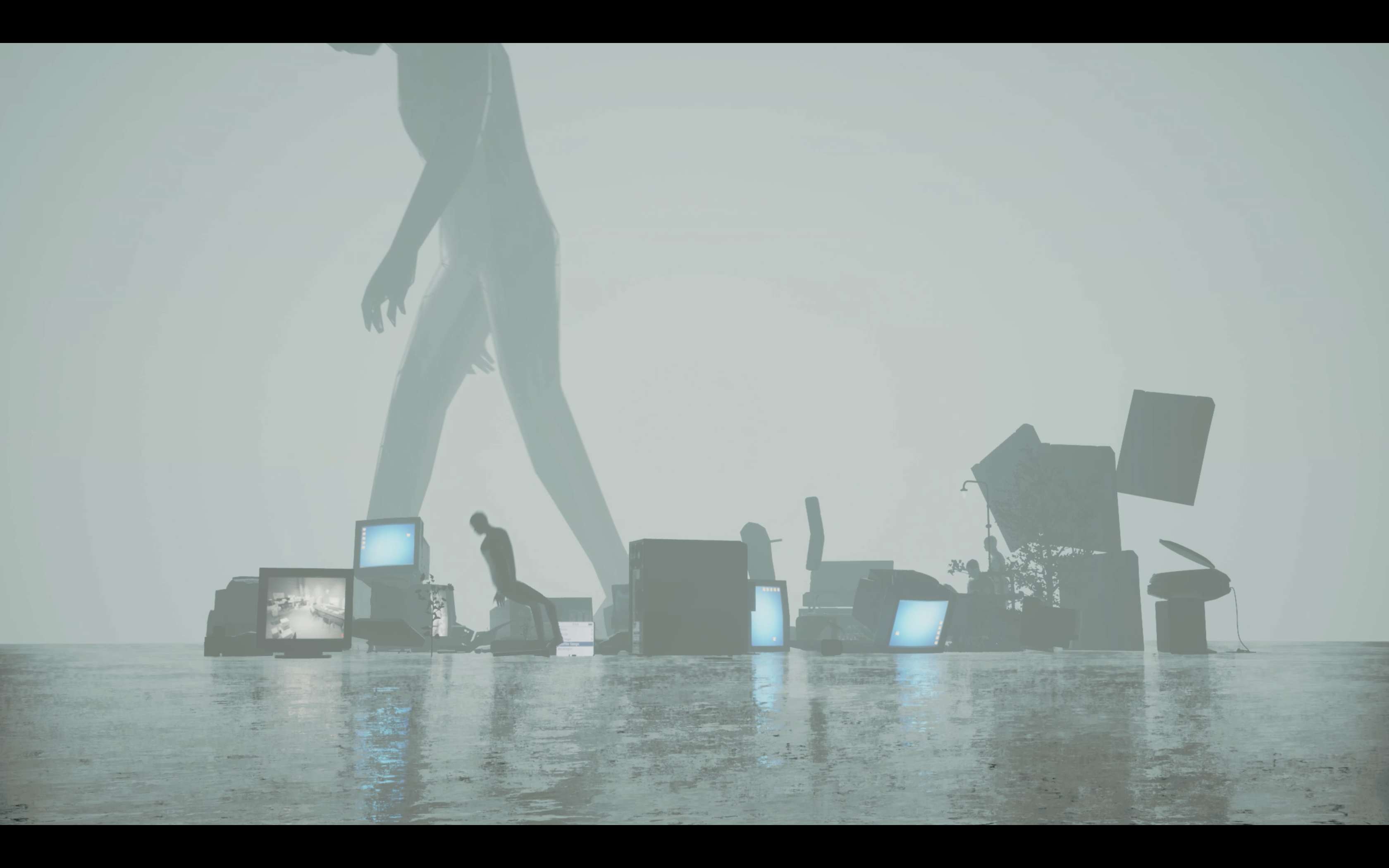
As AI learns to interpret and respond to human emotion, can they also be measured, understood, and even simulated? The audience in the second scene is placed inside a traditional Chinese wedding ceremony where all kinds of emotions are celebrated. It is a wedding for AIs. When humanity is encoded as a set of parameters and data-driven analysis, how will it affect our understanding of love and connection to each other?

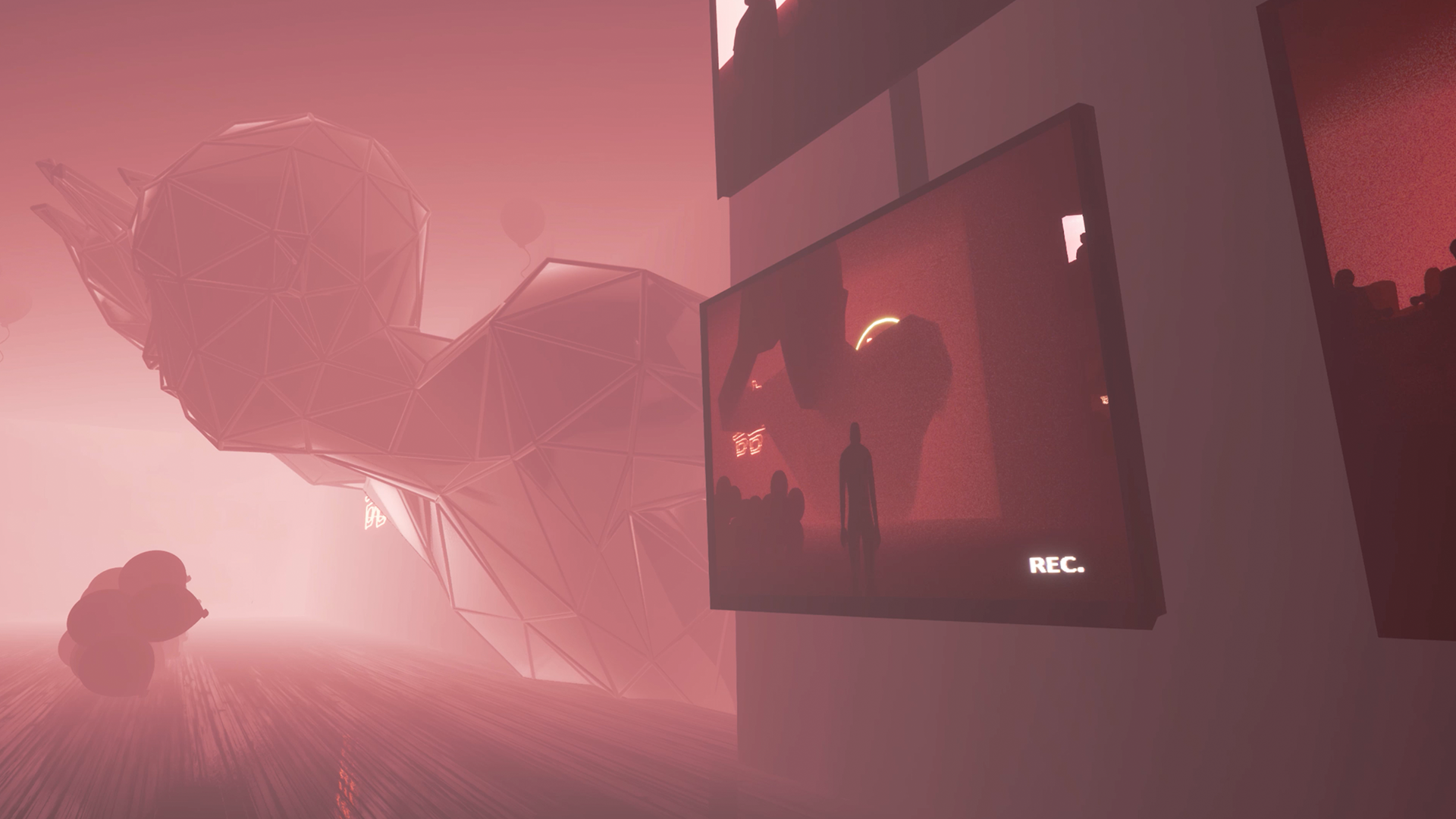
While there are regrets for the past and fears of the unknowns, there are surely opportunities and potential to develop a blueprint of coexistence for humans and AI. The last piece provides an open-ended exploration of the future in the workforce. Since more of the routine and repetitive jobs are taken away, the future opens up for creativity and compassion driven tasks, as well as collaboration with machine mind.

